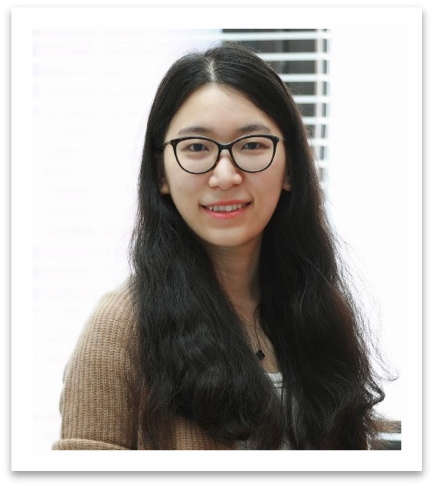
搜索网站、位置和人员

新闻与活动 活动信息
生命科学专题学术讲座 | 吝易:Circadian clocks are modulated by compartmentalized oscillating translation
时间
2024年5月7日星期二
16:00-17:30
地点
云谷校区E9-109会议室
主持
西湖大学生命科学学院特聘研究员 杨培国
受众
全体师生
分类
学术与研究
生命科学专题学术讲座 | 吝易:Circadian clocks are modulated by compartmentalized oscillating translation
时间:5月7日星期二16:00-17:30
Time:4:00-5:30 PM, Tuesday, May 7,2024
主持人:西湖大学生命科学学院特聘研究员 杨培国
Host:Dr. Peiguo Yang, PI of School of Life Sciences
地点:云谷校区E9-109会议室
Venue:Room E9-109, Yungu Campus
主讲嘉宾/Speaker:

Dr. Yi Lin, assistant professor in the School of Life Science, and principal investigator at IDG/McGovern Institute for Brain Research, Center for Life Science, Tsinghua University
Dr. Yi Lin is currently an assistant professor in the School of Life Science, and principal investigator at IDG/McGovern Institute for Brain Research, Center for Life Science, Tsinghua University. She studies the phase separation of biomacromolecules in several aspects, including the molecular mechanism and their physiological roles in the nervous system, as well as the role of abnormal phase separation in neurodegenerative diseases. The ultimate goal of her research is to develop novel therapeutic approaches through intervening pathological phase transitions.
Since 2020, Lin lab has been dedicated to studying the biological functions and molecular mechanisms related to phase separation, with a particular focus on its unique role in the nervous system. The published works include the elucidation of the molecular mechanisms by which cells utilize phase separation to maintain circadian rhythms (Cell, 2023), the discovery that intracellular phase separation of various protein aggregates collectively regulates chromatin structure, determining stem cell fate and differentiation (The Embo Journal, 2023), the identification of key molecules involved in the onset of puberty and the explanation of the mechanisms underlying puberty-related disorders associated with abnormal phase separation (Science Advances, 2022), and the discovery of two important pathways related to endoplasmic reticulum protein degradation: endoplasmic reticulum-associated protein degradation and protein phase separation-mediated protein aggregation (Nature Communications, 2023).
The research group has been engaged in studying the molecular phase separation of biomacromolecules and the mechanisms related to neurodegenerative diseases. They conduct in-depth investigations into the molecular mechanisms of biomacromolecular phase separation, starting from multiple aspects such as sequence, structure, and regulation. Their focus is to elucidate the cellular and molecular mechanisms of neural activity under physiological conditions and the pathogenesis of neurological disorders.
讲座摘要/Abstract:
Terrestrial organisms developed circadian rhythms for adaptation to Earth’s quasi-24-h rotation. Achieving precise rhythms requires diurnal oscillation of fundamental biological processes, such as rhythmic shifts in the cellular translational landscape; however, regulatory mechanisms underlying rhythmic translation remain elusive. Here, we identified mammalian ATXN2 and ATXN2L as cooperating master regulators of rhythmic translation, through oscillating phase separation in the suprachiasmatic nucleus along circadian cycles. The spatiotemporal oscillating condensates facilitate sequential initiation of multiple cycling processes, from mRNA processing to protein translation, for selective genes including core clock genes. Depleting ATXN2 or 2L induces opposite alterations to the circadian period, whereas the absence of both disrupts translational activation cycles and weakens circadian rhythmicity in mice. Such cellular defect can be rescued by wild type, but not phase-separation-defective ATXN2. Together, we revealed that oscillating translation is regulated by spatiotemporal condensation of two master regulators to achieve precise circadian rhythm in mammals.
联系人/Contact:
生命科学学院
于文越 yuwenyue@westlake.edu.cn

















